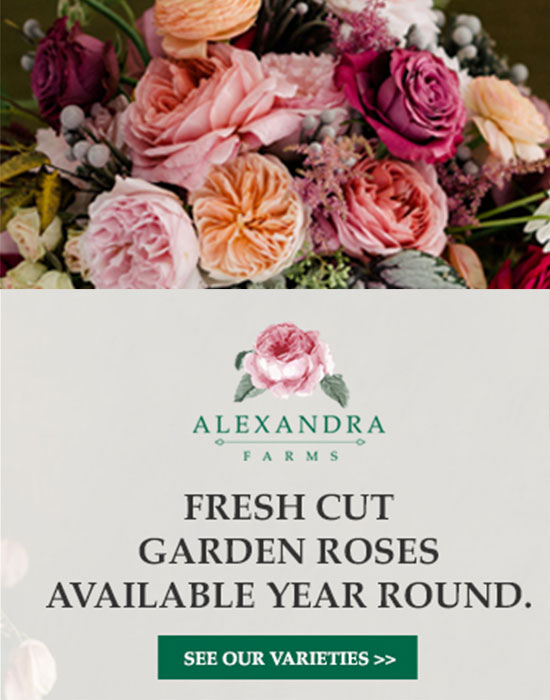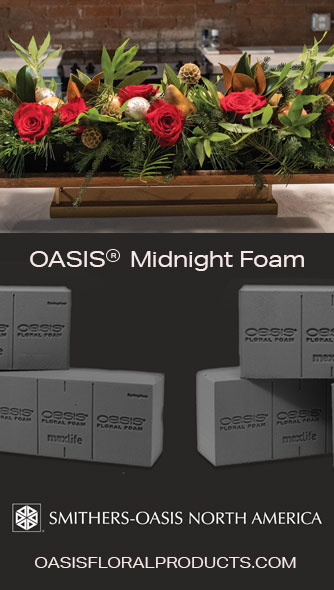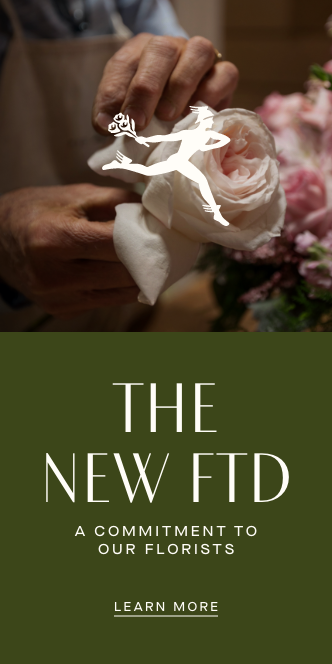Have you ever diverted from your budget at the grocery store by impulse-buying a bunch of flowers, only to get them home, put them in water, and find that you’re totally underwhelmed by their looks, smell, and lifespan? If the answer is yes, take solace in the fact that it’s not you. It’s a $34 billion global industry that often has flowers sitting for days on trucks and planes before they ever hit store shelves, not to mention homes. What’s more, 80 percent of these mass-produced flowers often come from outside the US and are grown using harsh chemicals and pesticides. They also consume tons of water and other resources, both while being grown and shipped around the world — not exactly what you want from something that’s supposed to brighten up your tabletop. It’s hard to call something as ubiquitous as flowers a “trend,” but thanks to ultra-creative Instagrammers like Brittany Asch of Brrch Floral , Kelsie Hayes of Pop Up Florist , and The Cut editor Stella Bugbee’s @freakebana , plus our collective realization that our apartments look and feel a whole lot better with living things in them, avant-garde floral arranging is having a moment. But before you begin mixing those daisies with that baby’s breath, it’s worth considering where your flowers come from, and what that means. One solution to the aforementioned ills of the flower industry is a growing movement built around the concept of “slow flowers.” You’ve likely heard of slow food and maybe even slow fashion, but what, you may be wondering, are slow flowers ? “At its simplest, it means enjoying flowers grown with sustainable farming practices, harvested in their natural season of bloom, sourced as close to you as possible, and produced by florists who are using green, chemical-free design […]
You Know Slow Food. But Have You Heard About Slow Flowers?






















